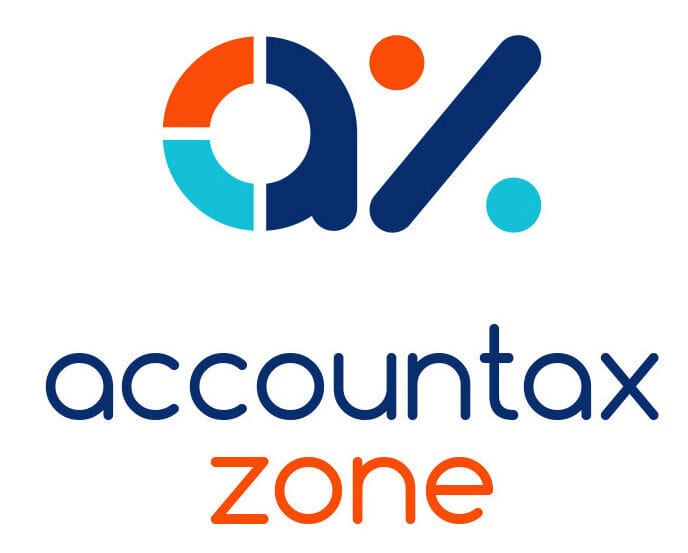With interest rates falling, business growth should follow. While this is waiting to happen, companies continue to close. The latest statistics published by the Insolvency Service state that ‘After seasonal adjustment, the number of registered company insolvencies in England and Wales in April 2024 was 2,177, 18% higher than in March 2024 (1,838) and 18% higher than the same month in the previous year (1,838 in April 2023)’.
As with anything to do with business, there are tax implications when a business fails. The more apparent immediate impact will be a cessation of trade. Generally, this will accelerate the date on which the company pays its tax liability. Any expenses incurred after the cessation of trade (post-cessation expenses) can be offset against post-cessation receipts, or, in limited circumstances, relieved as losses against total income or chargeable gains.
Loss relief
Consideration is needed as to how to deal with losses efficiently. The main reliefs likely to be relevant include offsetting cessation losses:
- against the company’s other profits for the same period
- by carrying them back against total profits of the previous period
- by carrying back losses arising in the final 12 months before cessation against total profits within the previous three years on a ‘last in first out’ basis.
Sale of assets
Although the cessation of trade will give rise to a deemed disposal of any plant and machinery for capital allowances purposes, the sale of a company’s chargeable assets could also produce a capital gain which may give rise to a significant tax liability, especially if it is a property being sold. In this situation, tax planning would involve selling the asset before the cessation of trade so that any losses may be offset to reduce the corporation tax bill. Selling before cessation may not be feasible; however, it may be possible to crystalise the gain before trade ceases by arranging for the asset to be sold to the owner-shareholder and rented back to the company (though note that the sale would attract stamp duty land tax (SDLT)).
Another possibility would be for the company to make an ‘in-specie distribution’ – in effect making a dividend comprising the asset, the actual market value generally being treated as a taxable distribution in the hands of an individual shareholder. In this instance, personal tax will be payable at the shareholder’s marginal dividend tax rate but there would be no SDLT.
Note that the asset must not be disposed of at an undervalue. Under the insolvency process, a court has the power to reverse such a transaction if it took place within two years before liquidation unless it was made in the reasonable belief that the company could continue trading.
You may also like to read: HMRC informers – How important are they in reducing the ‘tax gap’?
Distributions
Payments to satisfy directors’ loans must not be made as this would be deemed ‘preferential treatment’ for the directors, placing them in a better position over other creditors. However, in some instances, although the business itself may have failed (e.g. through closure of premises or a major supplier going bust), a company may have enough surplus funds remaining after all creditors have been paid to make distributions.
Distributions made in the course of dissolving a company are treated as ‘capital distributions’ and chargeable to capital gains tax, should conditions be satisfied. Broadly, treatment of a distribution as capital taxed at 10% under Business Asset Disposal Relief is only available on a company’s closure if the total amount paid to all shareholders is less than £25,000. Where this amount is exceeded, shareholders pay income tax at the dividend tax rates (i.e. 8.75% if a basic rate, 33.75% if a higher rate or 39.35% if an additional rate taxpayer), after taking into account the dividend allowance of £500 for 2024/25, and any available personal allowance. To secure capital treatment, any company needing to distribute more than £25,000 will be required to enter into a formal liquidation.
Partner note: Wills v Corfe Joinery Ltd [1997] BCC 511










